Gorilla Trekking: Uganda Versus Rwanda, Which Is Better?
Unveiling the Great Primate Adventure in Africa’s Wild Heart
A Legendary Encounter Awaits
Few wildlife experiences on Earth rival the heart-stirring moment of coming face-to-face with a mountain gorilla in its natural habitat. In the mist-veiled forests of East Africa, these gentle giants—critically endangered and fiercely protected—have found sanctuary in two extraordinary countries: Uganda and Rwanda. Here, dense jungles echo with birdsong, tangled vines drape ancient trees, and in the stillness of morning, a gorilla family may quietly appear from the undergrowth, their eyes meeting yours with unsettling familiarity.
For those drawn to this primal journey, a question inevitably arises: Uganda or Rwanda—where is gorilla trekking truly better? Each destination boasts its own allure, shaped by geography, logistics, cost, and experience. To answer this with clarity, one must look beyond the surface and into the real depth of what defines a gorilla trekking adventure.
Gorilla Trekking in Uganda: The Wild and Immersive Journey
In Uganda, gorilla trekking is offered primarily in two regions: Bwindi Impenetrable National Park and the Mgahinga Gorilla National Park. Bwindi, the more renowned of the two, is a UNESCO World Heritage Site—a labyrinth of biodiversity, cloaked in mist and mystery. Within its rugged terrain lie approximately half of the world’s remaining mountain gorillas. The forest is ancient, thick with tangled vegetation and steep ridges that test both endurance and spirit.
Trekking in Uganda is often described as more challenging yet deeply rewarding. The trails are longer, the terrain more varied, and the gorilla families more spread out. However, these very factors contribute to a raw and immersive wilderness experience, often lasting several hours, sometimes through thick foliage and undulating terrain. The moment a gorilla group is found, all fatigue is forgotten as one witnesses intimate interactions—a mother cradling her infant, a silverback watching silently, the gentle sounds of a family going about their day.
Uganda also offers a rare opportunity known as the Gorilla Habituation Experience. Unlike standard treks, where visitors spend a strict one hour with the gorillas, the habituation experience allows up to four hours in the presence of a group that is being slowly acclimated to human presence. It is a deeper, more scientific and observational engagement, ideal for those seeking extended and meaningful encounters.
Gorilla Trekking in Rwanda: Refined, Accessible, and Efficient
Rwanda’s gorilla trekking takes place exclusively in Volcanoes National Park, a dramatic landscape of dormant volcanoes, mossy trees, and high-altitude bamboo forests. The experience here is known for being more accessible and physically manageable, with many of the gorilla families located within a relatively short hiking distance from the trailheads.
The infrastructure in Rwanda is widely considered more developed and luxury-oriented. Roads from the capital, Kigali, are smooth and well-maintained, allowing travelers to reach Volcanoes National Park in under three hours—making same-day treks possible and appealing to high-end travelers or those on a tighter schedule. Lodges in the region, such as Singita and One&Only, reflect Rwanda’s conscious pivot toward ultra-luxury ecotourism, with a focus on comfort, exclusivity, and conservation.
While the trek might be physically easier, the emotional resonance remains powerful. The gorillas in Rwanda are well habituated, and viewing conditions are often excellent, allowing for unobstructed photographs and closer interactions. The experience is highly organized, with professional guides and stringent protocols, creating a polished encounter that appeals to travelers seeking a seamless and premium adventure.
Cost and Permit Prices: A Defining Difference
One of the most significant differences between Uganda and Rwanda is the price of the gorilla trekking permits. Rwanda’s permit stands at a considerably higher cost, positioning the experience as a luxury product designed for conservation funding and high-end tourism. Uganda, by contrast, offers a more affordable permit without sacrificing the richness of the experience.
This price gap can be a determining factor for many travelers. In Uganda, the lower cost allows greater flexibility to combine the gorilla trek with other adventures—such as game drives in Queen Elizabeth National Park, boat safaris along the Kazinga Channel, or even chimpanzee trekking in Kibale Forest. The overall travel budget can thus accommodate a broader itinerary without diminishing quality.
While Rwanda’s higher pricing helps fund conservation and local community development, it may also limit the trek to a smaller audience. However, for those able to afford it, the refinement and ease of access make it a compelling choice, especially for short trips.
Scenic Diversity and Wildlife Extensions
Uganda offers a compelling advantage in terms of scenic and ecological variety. Beyond gorillas, its national parks teem with classic African wildlife—lions, elephants, hippos, and leopards. Visitors can enjoy traditional safaris in the savannah, river cruises along crocodile-filled waterways, and hikes to the thunderous Murchison Falls. The landscape shifts dramatically between regions—rolling hills, crater lakes, rainforests, and expansive wetlands—creating a holistic and diverse safari circuit.
Rwanda, while more compact, is rapidly expanding its wildlife offering. The reintroduction of lions and rhinos to Akagera National Park and the rich chimpanzee population of Nyungwe Forest reflect Rwanda’s ambition to create a “Big Five” safari experience. However, given its smaller size, the diversity of experiences is more limited compared to Uganda’s multi-layered options.
Cultural Connection and Conservation Ethos
Both Uganda and Rwanda have placed conservation at the heart of their tourism strategies, but they manifest it differently. Rwanda’s approach is centralized and state-directed, resulting in streamlined policies, high-impact community programs, and tightly regulated visitor numbers. The tourism model is designed to deliver luxury with purpose—contributing significantly to reforestation, anti-poaching, and community empowerment.
Uganda, on the other hand, presents a grassroots-driven conservation model, with numerous partnerships between local communities, NGOs, and government entities. Cultural engagement is deeply woven into the trekking experience—visitors often interact with Batwa communities, local guides, and community-run initiatives, enriching their understanding of the human-gorilla relationship. The experience in Uganda tends to feel more personal, less formal, and culturally immersive.
Accessibility and Travel Logistics
For ease of travel, Rwanda holds a logistical edge. With its modern airport in Kigali and the short drive to Volcanoes National Park, travelers can fly in and out within a few days. This makes Rwanda ideal for weekend getaways or business travelers seeking a swift nature immersion.
Uganda’s trekking regions, especially Bwindi, require longer travel times by road or expensive internal flights, often taking a full day to reach. However, this journey unveils some of the most dramatic and untouched landscapes in East Africa, making the trip itself part of the adventure. The remoteness of Uganda’s gorilla regions fosters a sense of discovery and authenticity that is unmatched.
So, Which Is Better? The Verdict Is in the Experience
Choosing between gorilla trekking in Uganda or Rwanda is not a matter of better or worse, but rather one of travel personality and purpose. Those seeking wilderness immersion, affordability, and cultural depth may find Uganda’s offering unbeatable. The treks are adventurous, the rewards are great, and the broader safari circuit is immensely fulfilling.
Travelers desiring ease of access, polished luxury, and high-end sustainability may be drawn to Rwanda, where the experience is beautifully choreographed yet no less emotional. The shorter treks and elegant lodges make it a haven for discerning travelers who prefer comfort without compromise.
Ultimately, the gorilla encounter itself—whether in Uganda or Rwanda—is profoundly humbling. The shared gaze with a silverback, the quiet rustle of forest leaves, and the knowledge that such a moment supports vital conservation efforts are what make this journey unforgettable.
Embark on Your Primate Adventure with WildHorn Africa
Regardless of destination, planning a gorilla trekking safari requires expert knowledge, local insight, and a trusted partner to navigate permits, logistics, and accommodation. WildHorn Africa stands as that partner, committed to crafting bespoke gorilla trekking experiences in both Uganda and Rwanda.
With a network of luxury eco-lodges, expert guides, and conservation-first travel ethos, WildHorn Africa ensures that your journey is immersive, meaningful, and seamlessly executed. Whether you dream of scaling the misty trails of Bwindi or walking the emerald slopes of the Virungas, WildHorn Africa is ready to turn your dream into reality.
Book your African primate safari today with WildHorn Africa—where passion meets the pulse of the wild.
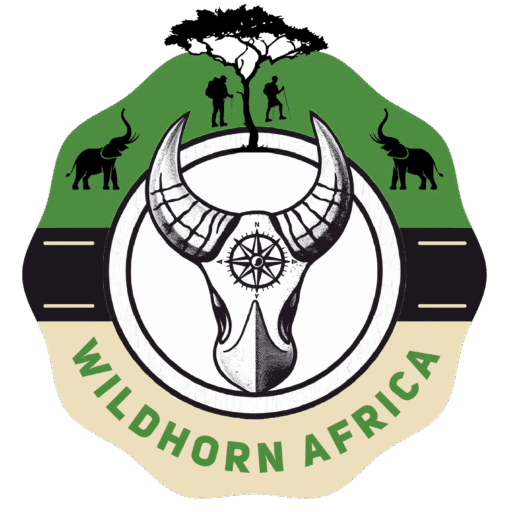
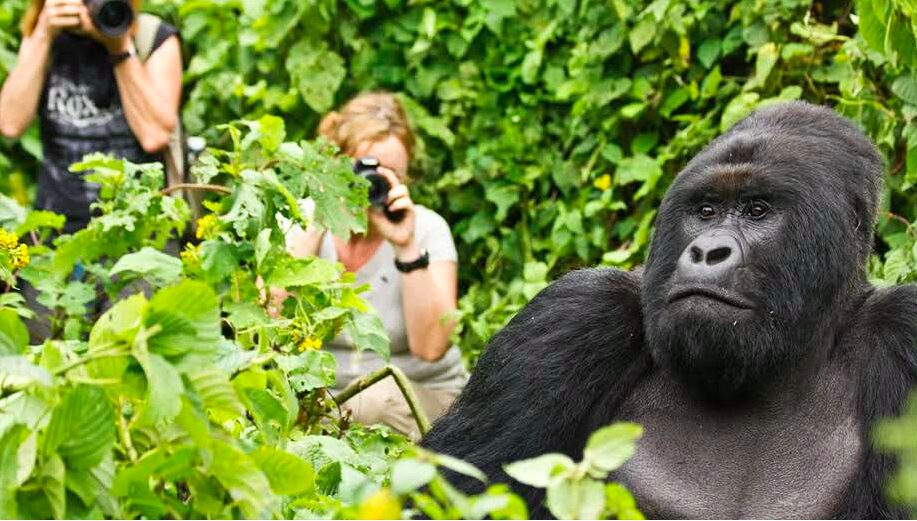
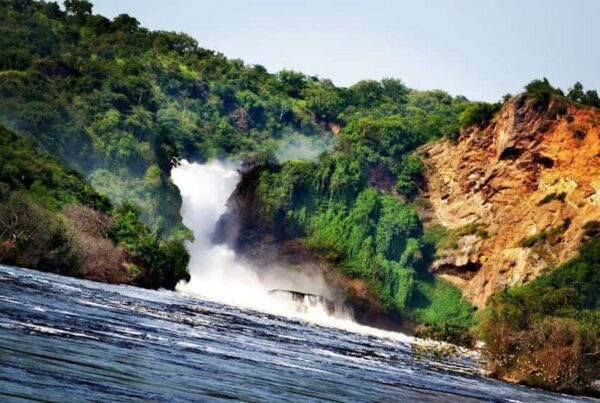
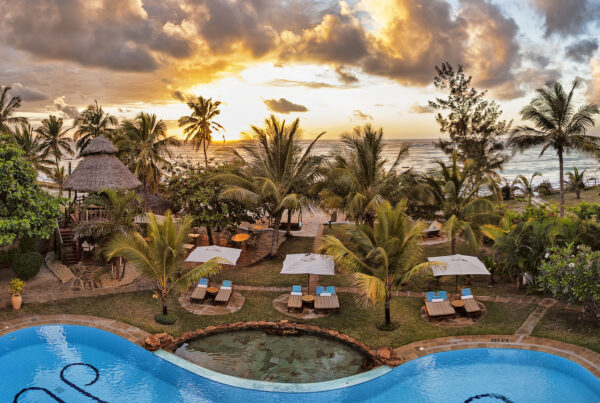
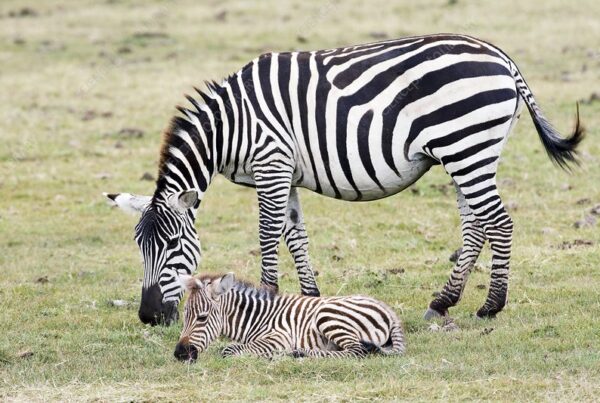
 WildHorn Africa – Authentic and unforgettable tours across Africa, guided by local experts who know the land, wildlife, and culture best.
WildHorn Africa – Authentic and unforgettable tours across Africa, guided by local experts who know the land, wildlife, and culture best.


